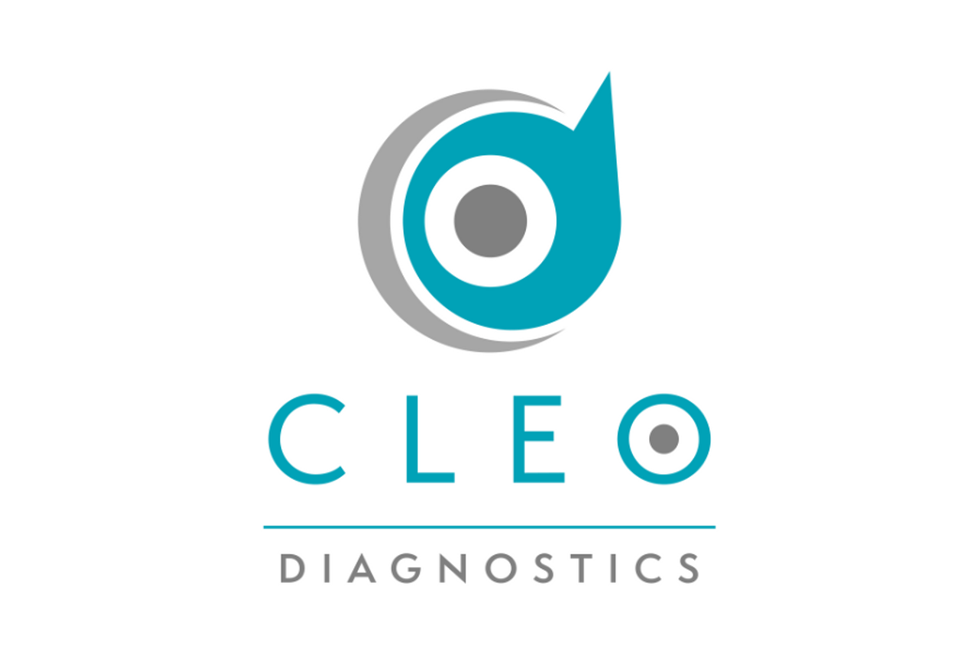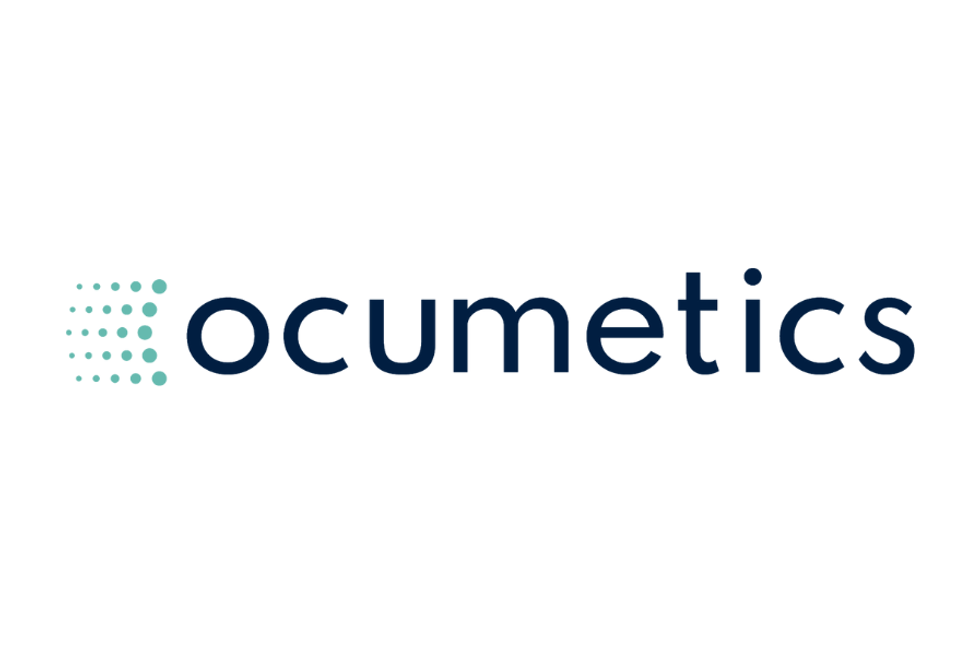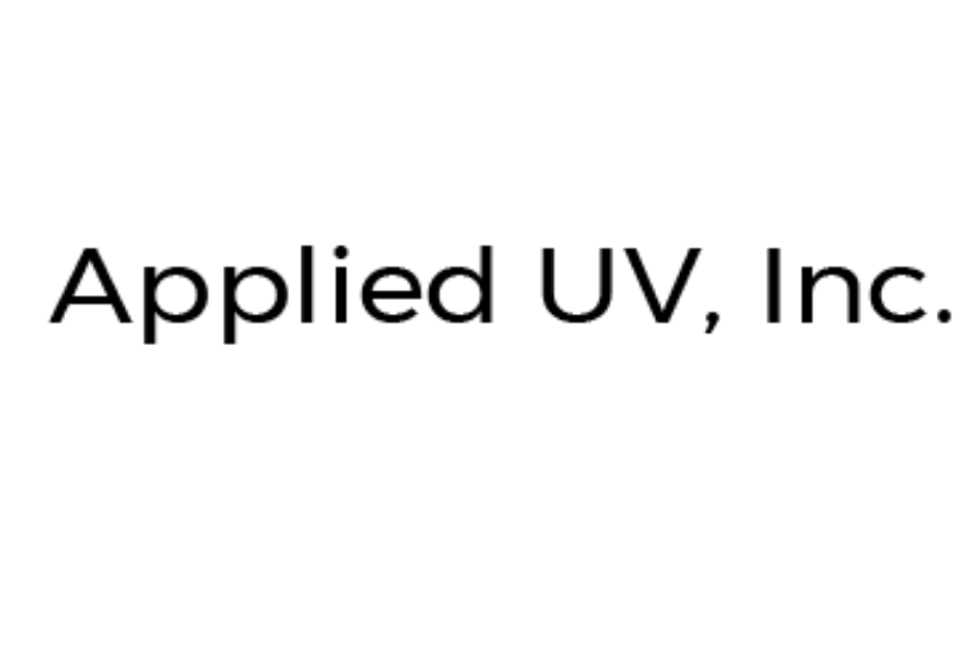The Future of Augmented Reality: The Technology That’s Changing How We See the World

An exclusive interview with Vuzix founder, President and CEO Paul Travers.
Augmented reality technology is, without a doubt, one of the coolest innovations to hit the tech sector in recent years. It’s also poorly understood by most individuals. To get a better sense of what’s myth, what’s reality, and where this market is actually headed, we turned to Paul Travers, founder, President and CEO of Vuzix (NASDAQ:VUZI).
Founded in 1997, Vuzix Corporation is an award winning developer of smart glasses. In January of last year, the company received a $24.8 million investment from Intel Corporation (NASDAQ:INTC) to accelerate the introduction of Vuzix’s entry into the fashion-based wearable display device market. The company is a pioneer in the augmented reality scene.
The company’s glasses are capable of providing virtual, large high-resolution screens that can be used for virtual and augmented reality applications, whether the user wants to become immersed in an entirely computer generated world or if they merely want their real world view augmented with computer generated data. Even better, this device is small enough to fit into a user’s pocket, meaning that its applications can be experienced anytime, anywhere.
And so, without further ado, here’s what virtual reality expert Travers had to say about the market at large.
Diverse market for augmented reality
When you think of augmented and virtual reality, gaming is probably the first thing that comes to mind. However, the market is much more diverse than this initial impression suggests. Travers explains that “there are people in the medical space that are using [our technology] to do dictations with their patients. . . There are people also using it to connect to drones because it’s got Wi-Fi radio built in. . . . It’s like sitting in the front of the drone.” His enthusiasm for the product is palpable, when he explains that “this is a 125 inch screen and you literally feel like you’re sitting right in the front of the drone.”
Of course, despite the varied verticals that augmented reality technology can benefit (the medical, industrial, retail, and supply chain aspects of business, just to name a few), it will always have a home in gaming. Travers tells me that “his is also an entertainment based product. You can watch 3D movies on the iWear Video Headphones. It’s fantastic. Or you use PlayStation or any of the 3D games – any of the 2D games even. This is a wonderful big screen experience that you get from it and because it has tracking you can also do a lot of virtual reality software at the same time.”
The future markets for augmented reality, therefore, appear to be both consumer and enterprise oriented. Travers is targeting both, with the company’s innovative technologies.
Case study: Healthcare field
One of the primary markets for this technology is the healthcare field. For instance, the Vuzix M300 Smart Glasses offer a “hands free” digital world, granting users unprecedented access to new information and data collection. Essentially, the Vuzix 300 offers most of the features of a modern smartphone – Bluetooth 4.0 connectivity, integrated head tracking and GPS system, voice, button and touch pad controls and enhanced battery packs – all within an ergonomically designed headset. This innovative product is scheduled to launch in summer of this year.
During our conversation, Travers got into the nitty gritty of why products such as these are the way of the future for healthcare. Unlike the days when a doctor used to pick up his or her bag and come to your house, today doctors are practicing medicine in many different ways and many of them incorporate some degree of remote medicine. A lot of this is cost cutting – keeping an individual in the hospital is very expensive, with all of the nurses and doctors involved – but it can pose medical challenges.
With augmented reality glasses, however, medical professionals can stay on top of their patients, even when they are far away. With their Bluetooth connected assimilators, Vuzix’s products allow doctors to read blood pressure counts remotely, etc., allowing doctors to make a more informed decision about the future course of medical treatment. After running diagnostics, the medical professional can determine the risk factors involved and, if this saves an ambulance trip or two, the glasses have already paid for themselves.
Medical education is another important area that this technology is benefiting. If a doctor is giving an operation and he’s got the augmented reality glasses on, others can watch and learn from his actions. The final example that Travers offers is a simple one. The individual who controls the amount of meds in a hospital setting is constantly looking at machinery, the patient’s body, the medication, etc. Not only is this inconvenient, it also opens up the possibility of unintentional error. But, “with the pair of glasses on with Bluetooth connection, the medical professional can focus on the patient with all the necessary information, without looking over at the machine all the time.”
Essentially, this technology isn’t benefiting just one area of the healthcare sector – it could revolutionize the entire field. Investors, it appears, should take note of this potentially transformative technology.
Investor potential
Vuzix is in a unique position, in that most of its competitors are in the private sector. Superficially, this works against them – while competitors in the private sector have multiple evaluations, as a “public company [Vuzix] gets measured by revenues not by the potential revenues.” However, the market is shifting and so is Vuzix. Revenues are climbing for the company, and investors are beginning to realize that something big is going on in this market.
For investors keen on putting their money in augmented and virtual reality, Vuzix is one of the few places to do so, as a peer play public company. Facebook (NASDAQ:FB) offers a great example. Investors excited about Oculus may want to invest in the product, but “Oculus is going to barely move Facebook.” With Vuzix, however, all investment will be channeled towards the wearable display devices market.
“The reason why we’re a public company to begin with,” explains Travers, is that in “2008 to 2009 when the world fell apart, companies needed access to more capital.” At that point in time, “virtual reality wearable tech was nowhere except the cell phone industry and smart phones. It was from zero to hero” when the market took off. For investors who had been with the company with ten or so years, they thought that going public was the right move. The company’s management was inclined to agree. Therefore, Vuzix became one of the earliest public entrants into this rapidly growing market.
The future looks bright for Travers, who has big dreams about the augmented reality market. “Before this is all done, I think that [it] is going replace cell phones or smartphones. I think everybody’s going to use them.” But then he catches himself – “maybe not everybody. My mother still has a landline and doesn’t own a cellphone.” But for the rest of the population, this undoubtedly looks like the way of the future. And who knows, perhaps in a couple of years, even Travers’ mother will be embracing this new way of viewing the world.
To keep up to date with Technology Investing News, follow us on Twitter @INN_Technology.
Securities Disclosure: I, Morag McGreevey, hold no direct investment interest in any company mentioned in this article.





